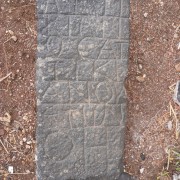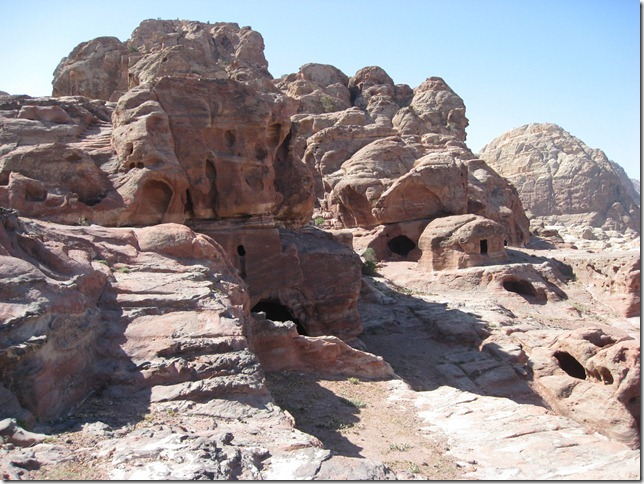Sahel Ḥaurān: Epigraphical Survey
Funding of a Survey to Discover Ancient Inscriptions
Stefan Wimmer (München); Khaled Janaydeh (Ramtha)
The region northeast of Irbid and northwest of Ramṯa is known as Sahel Ḥaurān or Southern Ḥaurān Plain. In many cases, old village centres have been preserved. The private and public structures (built of the local black basalt stone) mainly date to the Ottoman Period. The „Sahel Ḥaurān Epigraphic Survey“ undertook the task to visit the villages in the defined area, to enquire about remaining spolia from the villagers and local authorities, and to survey the existing walls and structures of interest in a purely non-destructive way, i.e., without excavating and without damaging any of the existing structures. The primary goal was to identify and publish previously unknown inscriptions, regardless of the date or type of script. In addition, architectural spolia or ancient elements otherwise reused were recorded.
In total, 17 inscriptions plus 31 non-inscribed objects were documented. The majority of the inscriptions are written in Greek (12), one fragmentary piece in Latin, and three in Arabic. Already known (and published by Stefan Wimmer), is a fragment of an Egyptian stela from eṭ-Ṭurra. Of special importance among the non-inscribed objects is an Iron Age anepigraphic stela from eṭ-Ṭurra representing an Aramaean lunar deity (kept in the DoA-office at Ramṯa). Only four comparable stelae have hitherto been known: from et-Tell/Bethsaida near the Sea of Galilee, Tell al-Ašʿari and ʿAwas (both in southern Syria) and Gaziantep (southeastern Turkey), dating to the 9th and 8th cent. B.C.E.
Further Information
- St. Wimmer / Kh. Janaydeh, Eine Mondgottstele aus eṭ-Ṭurra/Jordanien, ZDPV 127/2 (2011), 135 – 141.
- St. Wimmer / Kh. Janaydeh, Sahel Hauran Epigraphic Survey, ADAJ (in preperation).
Further projects funded by the Society
Dieser Beitrag ist auch verfügbar in: German

















